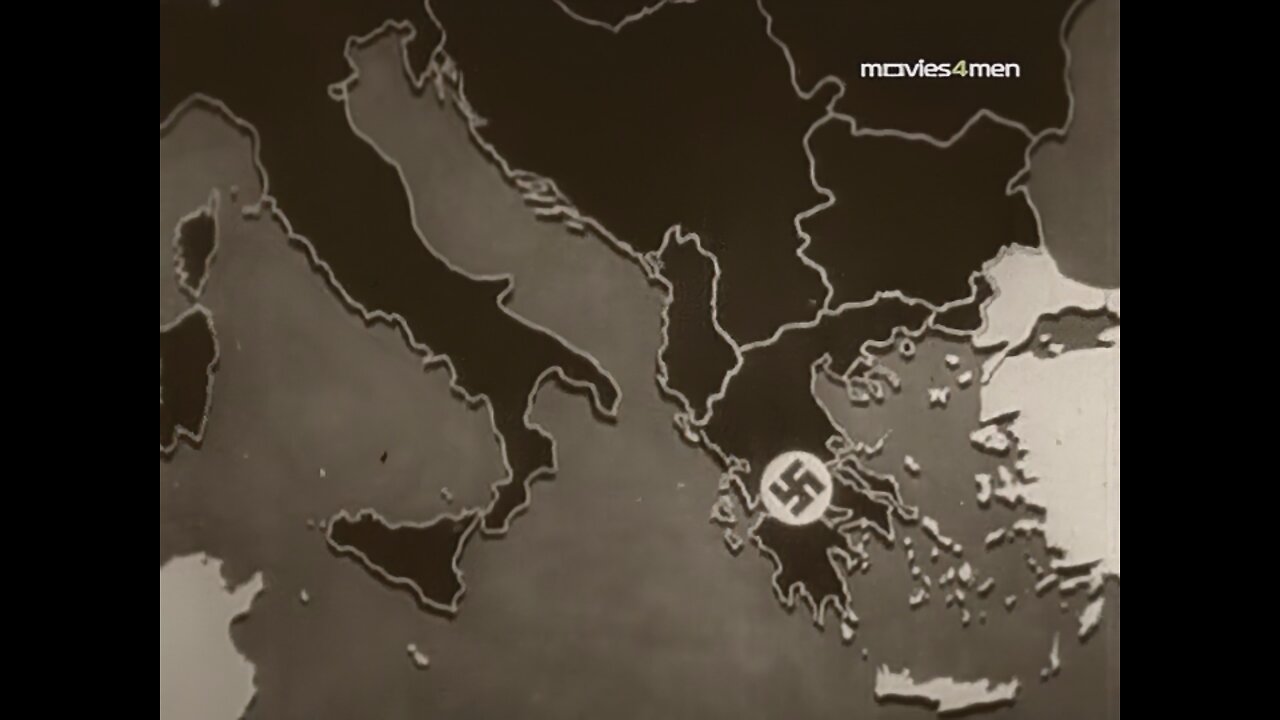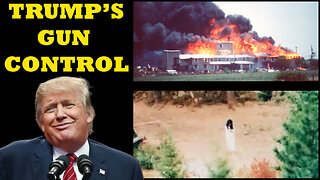Premium Only Content

The Battle of Crete - Operation Mercury -SD
Hitler’s invasion of Crete followed hot on the heels of his devastating campaign on the Greek mainland. Forewarned by Ultra, General Freyberg prepared to meet the attack at several locations across the island (right). Major airborne assaults at Rethimno and Iraklio, and a smaller one at Kastelli, were contained. West of Hania, however—the preserve of 2 New Zealand Division—the Germans gained toeholds at Maleme airfield and in Prison Valley (below). After an unsuccessful attempt to retake the airfield, the New Zealanders fell back to the east, along with other Allied forces from the Hania–Souda area. Despite fearless resistance, notably at Galatos, 42nd Street and Stilos, retreat to the south coast and evacuation by the Royal Navy offered the bulk of Freyberg’s army its only chance of escape. For many, even this proved a forlorn hope, roughly a quarter of the total force falling prisoner. Resistance to the German (and Italian) occupation of Crete was intense, but liberation came only in 1945.
https://www.nzgeo.com/stories/crete/
In May 1941 the German Luftwaffe conducted the first purely airborne invasion of an island in history. Although German airborne forces would seize the island of Crete their operational objective, the operation was accomplished at great risk of failure and at great cost in personnel and resources due to the lawed application of operational art. Operation Mercury was an operational objective of opportunity following unexpectedly successful operations in Greece and Yugoslavia. With only three weeks to plan and prepare prior to execution, improvisation and compromise would characterize the attack. although the operation ended in the seizure of Crete, the cost in lives and resources would prevent Hitler from ever again risking his airborne forces in a major airborne operation. This case study reviews the broad strategic setting surrounding the operation and provides an analysis contrasting German planning and preparation with execution. Through an examination of the operational factors of space, time, and force, an analysis of the operational functions of operational command and control, intelligence, and fires, and an examination of vertical envelopment as a form of operational maneuver, on can derive significant lessons learned applicable to todays forced entry operations.
-
 LIVE
LIVE
LFA TV
12 hours agoLIVE & BREAKING NEWS! | TUESDAY 11/25/25
3,042 watching -
 4:50
4:50
Captain Peach
6 days ago $6.18 earned5 Ways Game Trailers Lie
39.1K2 -
 18:06
18:06
We Got Receipts
19 hours agoLatest EBT Meltdowns That Are Actually Funny!
18.7K25 -
 42:00
42:00
Based Campwith Simone and Malcolm
4 days agoNYT Brands Divorce as the Cool New Trend for Gen Z Girls
20.3K7 -
 11:43
11:43
VSOGunChannel
21 hours ago $3.44 earnedThe Gun Control the Trump Admin is Fighting For
16.5K15 -
 1:03:30
1:03:30
A Cigar Hustlers Podcast Every Day
1 day agoEpisode 416 Epstein Files w/Matt Booth
19.7K -
 2:05:53
2:05:53
BEK TV
1 day agoTrent Loos in the Morning - 11/25/2025
17.5K -
 4:00:22
4:00:22
The Bubba Army
1 day agoMARJORIE TAYLOR GREENE QUITS! - Bubba the Love Sponge® Show | 11/25/25
58.3K5 -
 51:11
51:11
ZeeeMedia
17 hours agoBREAKTHROUGH: Nattokinase Dissolves 84% of Amyloid Microclots Within 2 Hours | Daily Pulse Ep 150
52.5K37 -
 1:12:22
1:12:22
Coin Stories with Natalie Brunell
1 day agoArnaud Bertrand on Changing World Order: U.S. vs China, Gold, Bitcoin & Dollar Hegemony
32K9